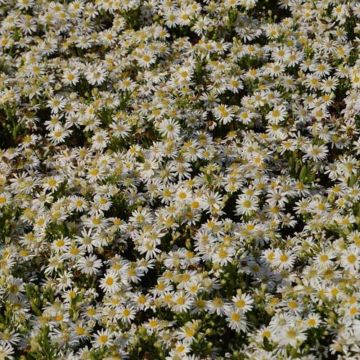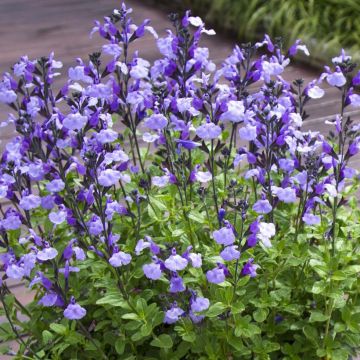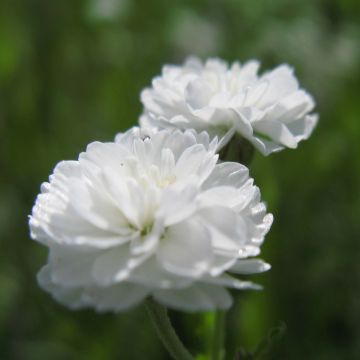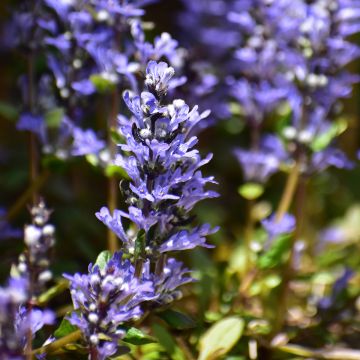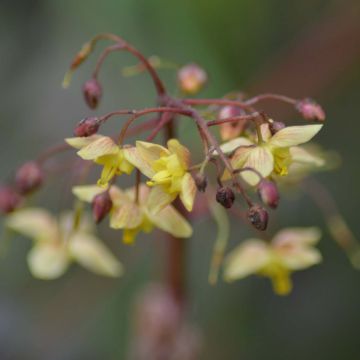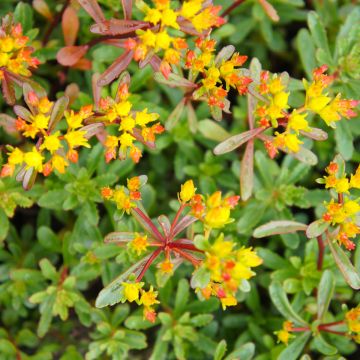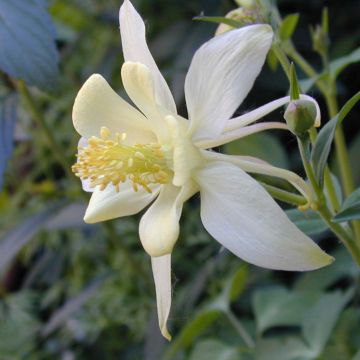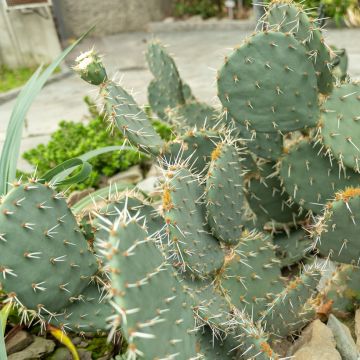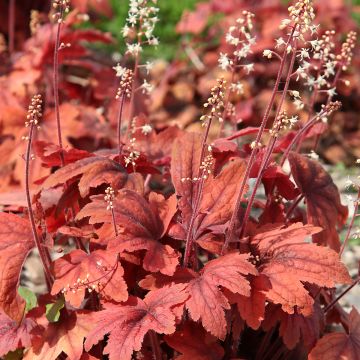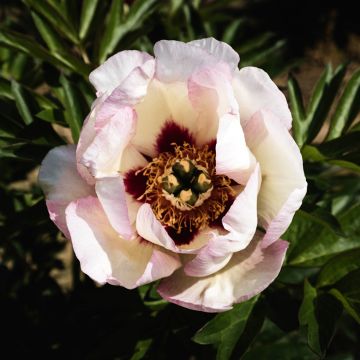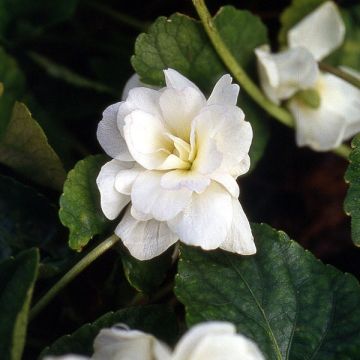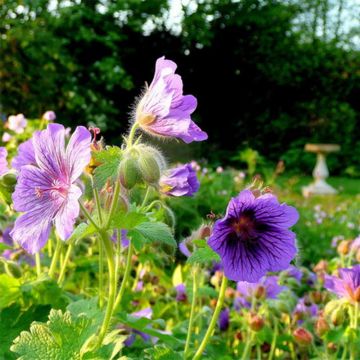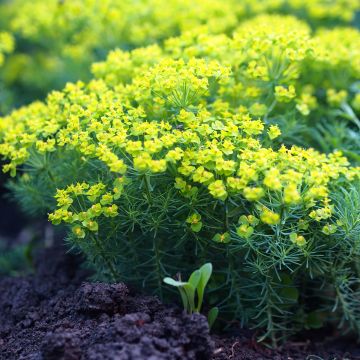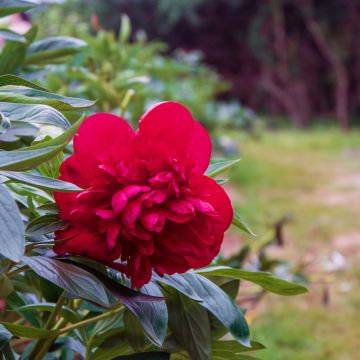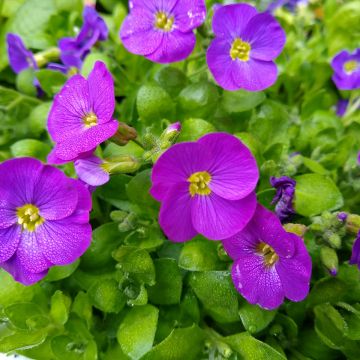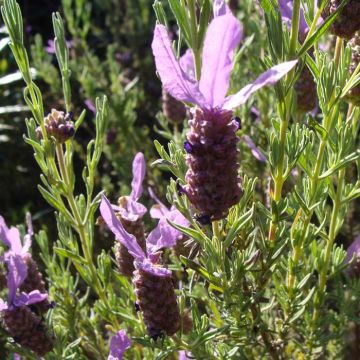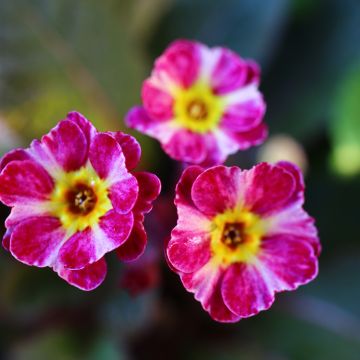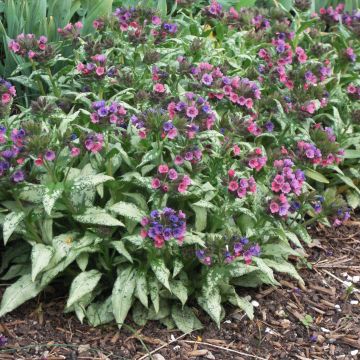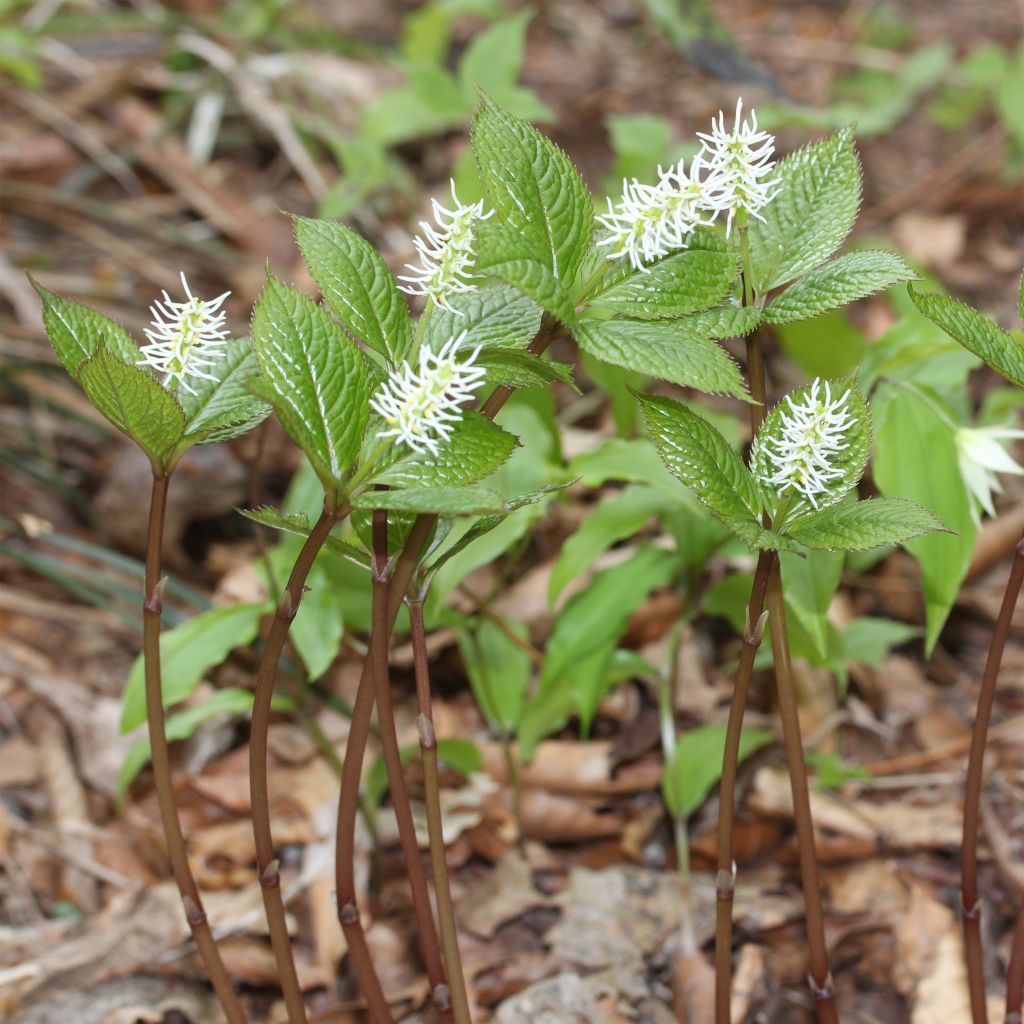

Chloranthus japonicus
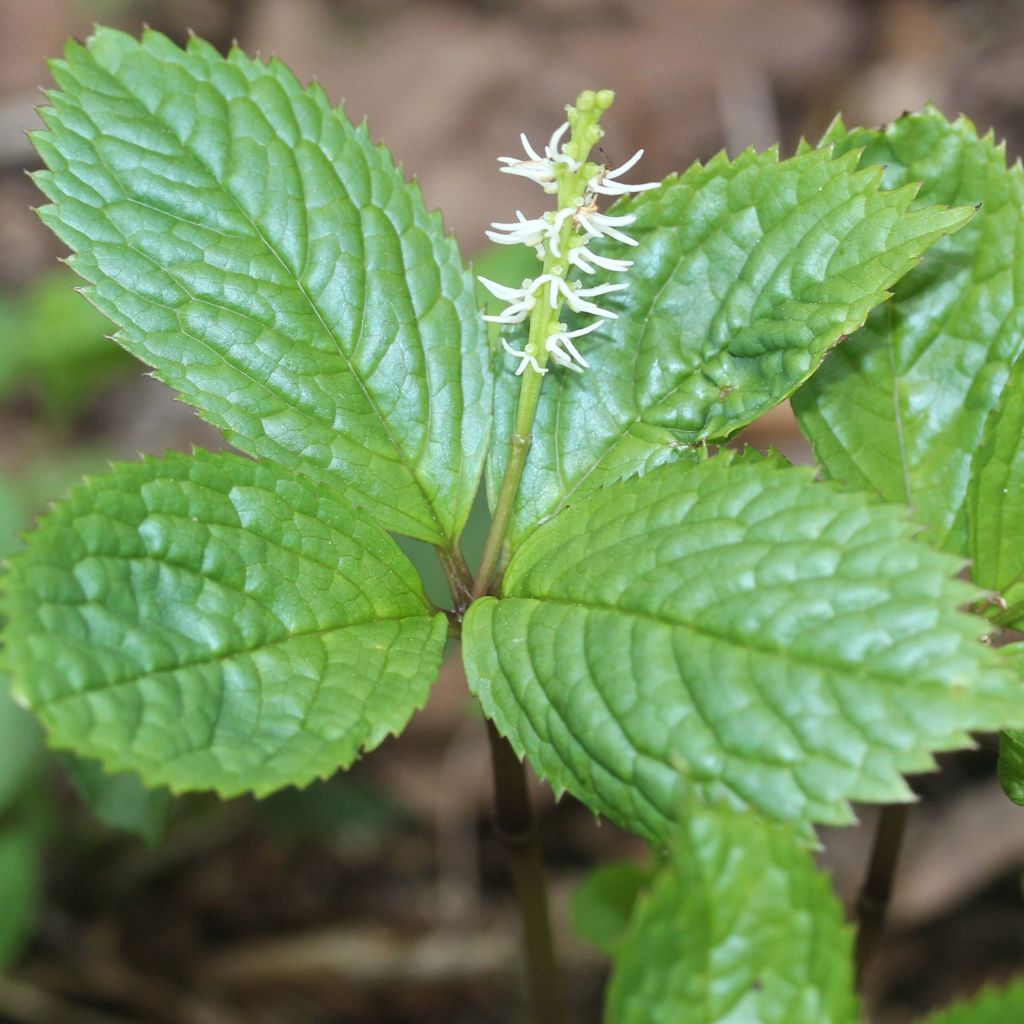

Chloranthus japonicus
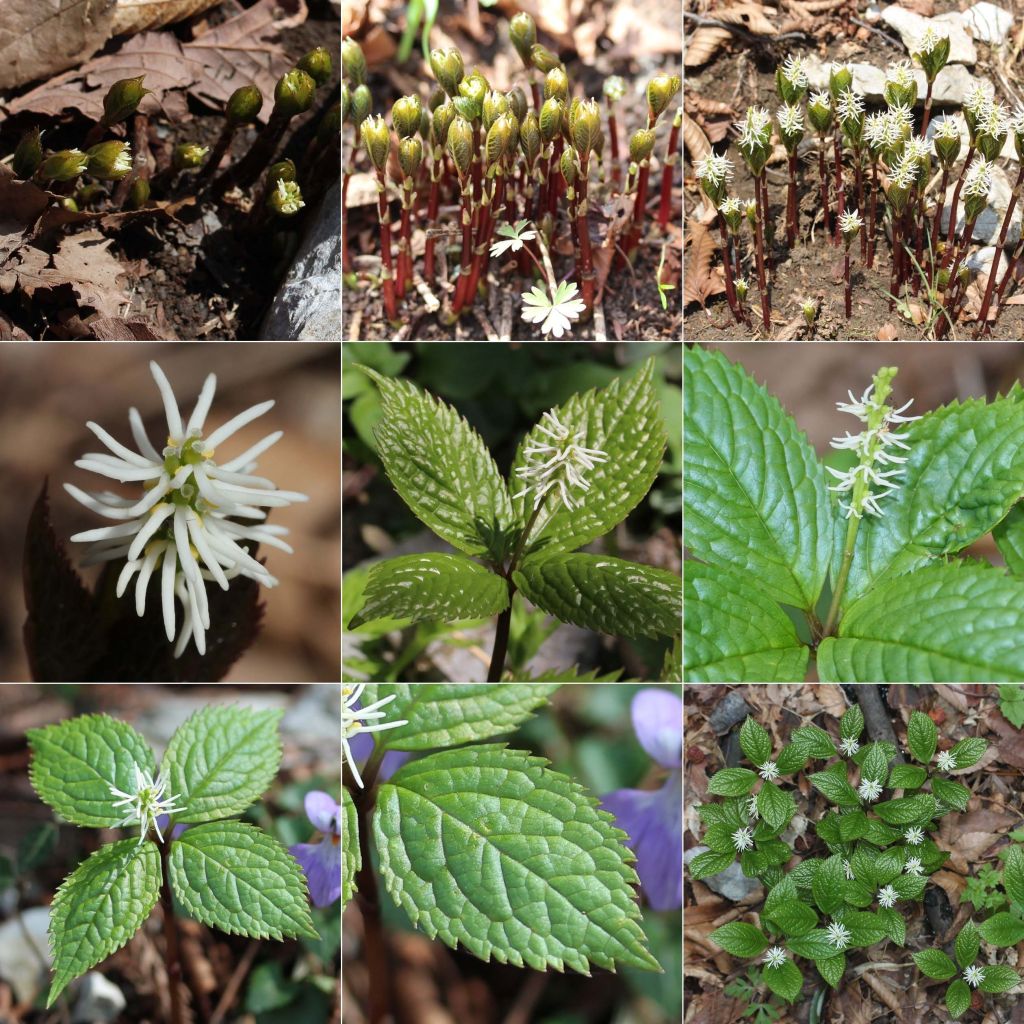

Chloranthus japonicus
Chloranthus japonicus
Chloranthus japonicus
Japanese Chloranthus
This item cannot be shipped to the selected country
Delivery charge from €5.90
More information
Schedule delivery date,
and select date in basket
This plant carries a 12 months recovery warranty
More information
We guarantee the quality of our plants for a full growing cycle, and will replace at our expense any plant that fails to recover under normal climatic and planting conditions.
From €5.90 for pickup delivery and €6.90 for home delivery
Express home delivery from €8.90.
Does this plant fit my garden?
Set up your Plantfit profile →
Description
Chloranthus japonicus, also known as Japanese Chloranthus, is part of a group of rare Asian rhizomatous perennial plants, perfectly hardy, interesting for dressing shady and cool areas of the garden, as well as slightly wet banks. Over time it forms large colonies, producing numerous dark stems adorned with glossy leaves that come to life in spring with pleasantly scented white flower spikes. This lush vegetation disappears in winter and reappears in spring. Chloranthus thrives in dappled light, in the atmosphere of a cool woodland, similar to Epimediums, ferns, and hostas.
Chloranthus japonicus is an herbaceous perennial plant of the Chloranthaceae family. It is native to humid forests and stream banks in Japan, Korea, eastern Russia, and northern China. It develops rather slowly, through its short, thick, and trailing rhizomes, equipped with long fibrous roots. The stems, 35-40 cm (14-16in) tall, emerge from the ground in spring. They are stiff, closely packed together, dark in colour, almost black. Each stem carries 4 leaves positioned flat at the terminal part of the stems. The glossy leaves, 8 to 14 cm (3 to 6in) long and 5 to 8 cm (2 to 3 in) wide, are ovate-elliptical in shape, strongly dentate at the edges, marked by visible veins. The leaf lamina is quite thick in texture, light green in colour at budburst, quickly becoming dark green. Flowering takes place in May-June at the end of the leafy stems, in the form of spikes 3 to 5 cm (1 to 2in) high, slightly fragrant. Each spike somewhat resembles a brush, composed of tiny white flowers without petals, with 3 prominent stamens.
Very graphic, elegant, comfortable in semi-shaded and cool areas, Chloranthus will appreciate an ordinary, light, fresh, humus-rich soil, from moist to slightly wet. Its main requirement is moist soil. It finds its place in deciduous woodland, under a clump of deciduous or evergreen shrubs or not far from a pond where it will form luxuriant ground cover from spring to autumn. This plant will blend well with all Asian plants suited to cool woodland: hostas, astilbes, ferns, Arisaema, Epimedium - or even our blue or white bluebells.
Report an error about the product description
Chloranthus japonicus in pictures
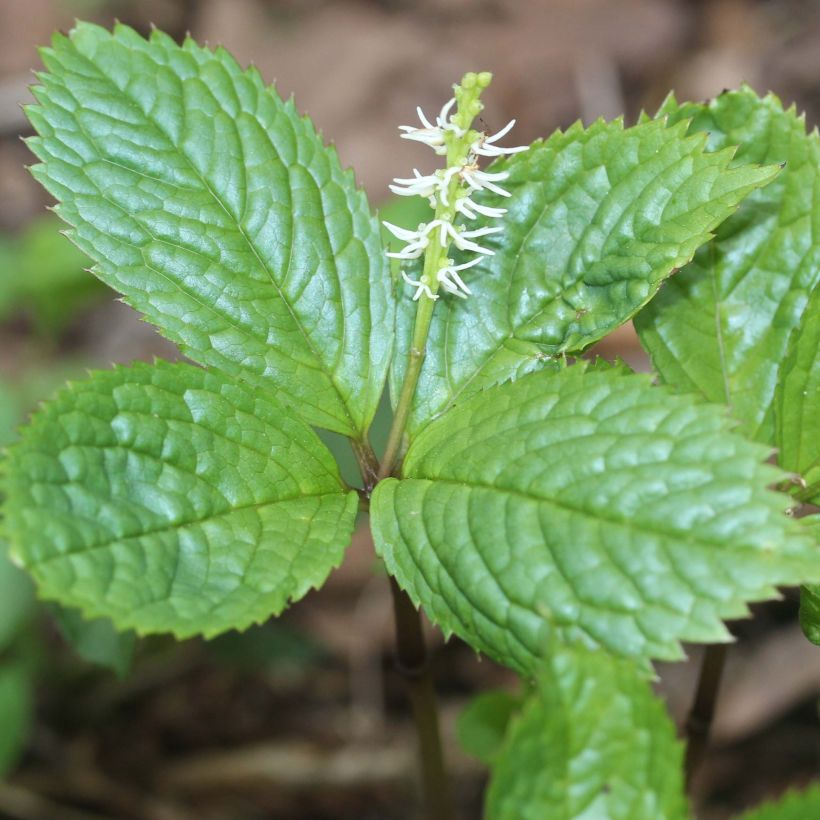



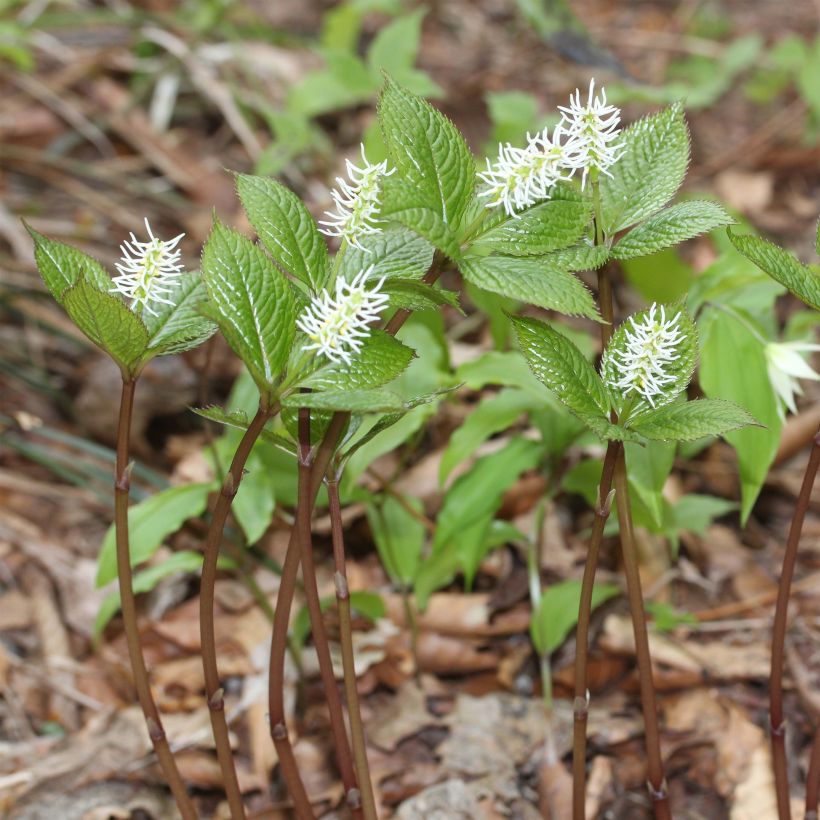

Flowering
Foliage
Plant habit
Botanical data
Chloranthus
japonicus
Chloranthaceae
Japanese Chloranthus
China
Other Perennials A to Z
Planting and care
Plant Chloranthus japonicus in any moist soil, slightly acidic, neutral or slightly alkaline, in shade or partial shade. It appreciates soils rich in humus or compost, light, fertile, moist or even damp to wet. Water in case of a dry summer, as well as during the first months of cultivation to help the plant establish. Humus-rich soils are favourable, do not hesitate to amend with poting soil and well decomposed compost at the time of planting.
Planting period
Intended location
Care
This item has not been reviewed yet - be the first to leave a review about it.
Spring flowering perennials
Haven't found what you were looking for?
Hardiness is the lowest winter temperature a plant can endure without suffering serious damage or even dying. However, hardiness is affected by location (a sheltered area, such as a patio), protection (winter cover) and soil type (hardiness is improved by well-drained soil).

Photo Sharing Terms & Conditions
In order to encourage gardeners to interact and share their experiences, Promesse de fleurs offers various media enabling content to be uploaded onto its Site - in particular via the ‘Photo sharing’ module.
The User agrees to refrain from:
- Posting any content that is illegal, prejudicial, insulting, racist, inciteful to hatred, revisionist, contrary to public decency, that infringes on privacy or on the privacy rights of third parties, in particular the publicity rights of persons and goods, intellectual property rights, or the right to privacy.
- Submitting content on behalf of a third party;
- Impersonate the identity of a third party and/or publish any personal information about a third party;
In general, the User undertakes to refrain from any unethical behaviour.
All Content (in particular text, comments, files, images, photos, videos, creative works, etc.), which may be subject to property or intellectual property rights, image or other private rights, shall remain the property of the User, subject to the limited rights granted by the terms of the licence granted by Promesse de fleurs as stated below. Users are at liberty to publish or not to publish such Content on the Site, notably via the ‘Photo Sharing’ facility, and accept that this Content shall be made public and freely accessible, notably on the Internet.
Users further acknowledge, undertake to have ,and guarantee that they hold all necessary rights and permissions to publish such material on the Site, in particular with regard to the legislation in force pertaining to any privacy, property, intellectual property, image, or contractual rights, or rights of any other nature. By publishing such Content on the Site, Users acknowledge accepting full liability as publishers of the Content within the meaning of the law, and grant Promesse de fleurs, free of charge, an inclusive, worldwide licence for the said Content for the entire duration of its publication, including all reproduction, representation, up/downloading, displaying, performing, transmission, and storage rights.
Users also grant permission for their name to be linked to the Content and accept that this link may not always be made available.
By engaging in posting material, Users consent to their Content becoming automatically accessible on the Internet, in particular on other sites and/or blogs and/or web pages of the Promesse de fleurs site, including in particular social pages and the Promesse de fleurs catalogue.
Users may secure the removal of entrusted content free of charge by issuing a simple request via our contact form.
The flowering period indicated on our website applies to countries and regions located in USDA zone 8 (France, the United Kingdom, Ireland, the Netherlands, etc.)
It will vary according to where you live:
- In zones 9 to 10 (Italy, Spain, Greece, etc.), flowering will occur about 2 to 4 weeks earlier.
- In zones 6 to 7 (Germany, Poland, Slovenia, and lower mountainous regions), flowering will be delayed by 2 to 3 weeks.
- In zone 5 (Central Europe, Scandinavia), blooming will be delayed by 3 to 5 weeks.
In temperate climates, pruning of spring-flowering shrubs (forsythia, spireas, etc.) should be done just after flowering.
Pruning of summer-flowering shrubs (Indian Lilac, Perovskia, etc.) can be done in winter or spring.
In cold regions as well as with frost-sensitive plants, avoid pruning too early when severe frosts may still occur.
The planting period indicated on our website applies to countries and regions located in USDA zone 8 (France, United Kingdom, Ireland, Netherlands).
It will vary according to where you live:
- In Mediterranean zones (Marseille, Madrid, Milan, etc.), autumn and winter are the best planting periods.
- In continental zones (Strasbourg, Munich, Vienna, etc.), delay planting by 2 to 3 weeks in spring and bring it forward by 2 to 4 weeks in autumn.
- In mountainous regions (the Alps, Pyrenees, Carpathians, etc.), it is best to plant in late spring (May-June) or late summer (August-September).
The harvesting period indicated on our website applies to countries and regions in USDA zone 8 (France, England, Ireland, the Netherlands).
In colder areas (Scandinavia, Poland, Austria...) fruit and vegetable harvests are likely to be delayed by 3-4 weeks.
In warmer areas (Italy, Spain, Greece, etc.), harvesting will probably take place earlier, depending on weather conditions.
The sowing periods indicated on our website apply to countries and regions within USDA Zone 8 (France, UK, Ireland, Netherlands).
In colder areas (Scandinavia, Poland, Austria...), delay any outdoor sowing by 3-4 weeks, or sow under glass.
In warmer climes (Italy, Spain, Greece, etc.), bring outdoor sowing forward by a few weeks.


































